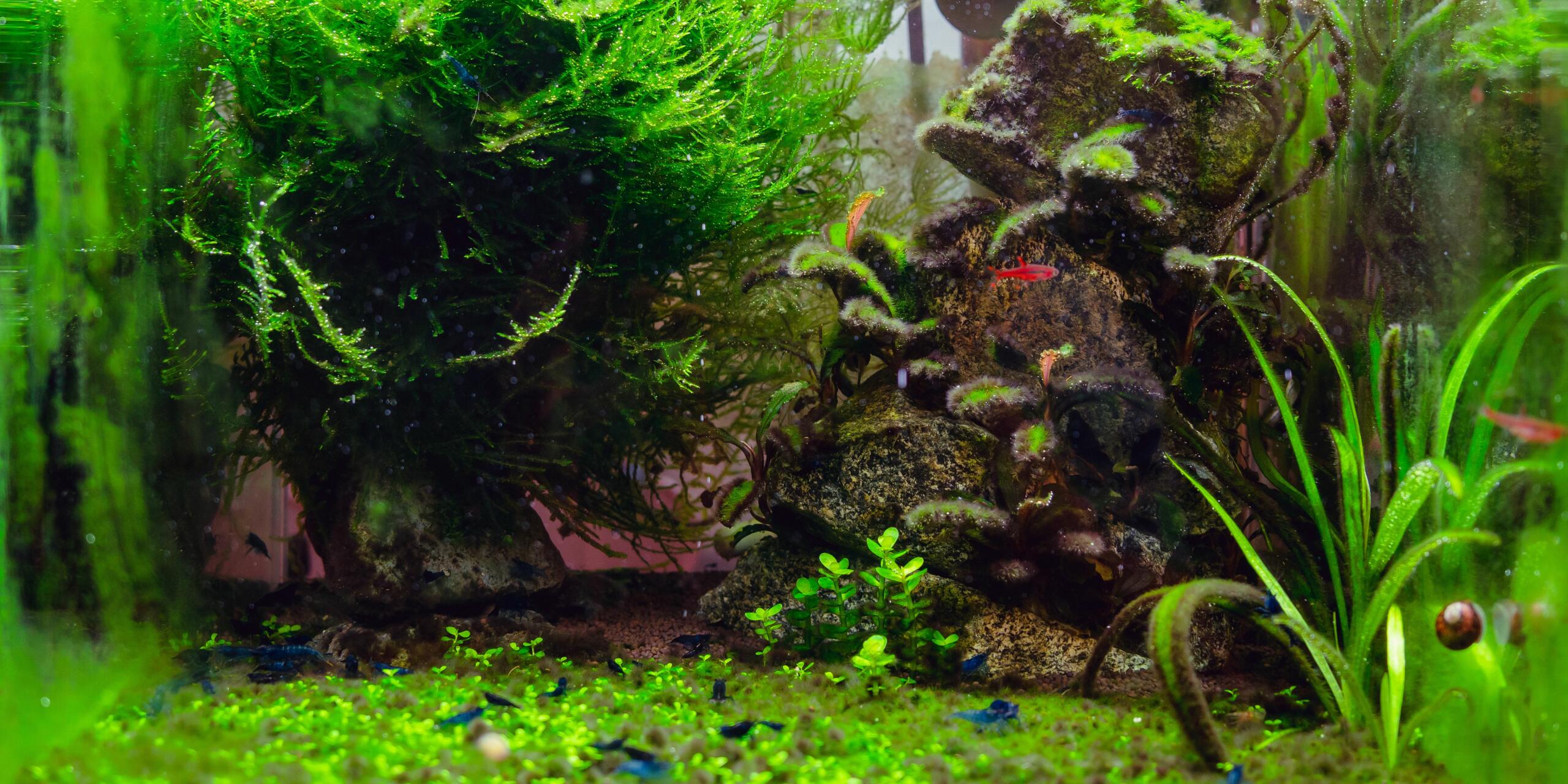Types Of Algae And Their Uses
Algae are predominantly aquatic, photosynthetic organisms. Since discovering their benefits and uses, environmental and sustainable energy fields have used them for various functionalities.
Algae are used in food, beverage, biofuel, and cosmetics. Since algae lack the production of seeds or flowers, they can allocate a greater amount of energy towards photosynthesis.
Major Types of Algae
The three major types of algae include:
- Green Algae (Chlorophyta)
- Brown Algae (Phaeophyta)
- Red Algae (Rhodophyta)
Green Algae (Chlorophyta)
Green algae belong to the Chlorophyta division, exhibiting chlorophyll A and B as their immediate photosynthetic pigments.
Chlorophyceae typically possess one or more storage structures known as pyrenoids, which are situated near the chloroplast.
Green algae are organisms inhabiting saltwater, freshwater, and moist terrestrial environments. They use sunlight to convert it into starch, which they store within their cells as a source of nourishment.
Uses of Green Algae
Green algae play a significant ecological role by providing food and shelter for numerous aquatic animals, including insects and fish.
Notably, green algae possess rich antioxidants and minerals, coupled with antibacterial and antiviral properties, rendering them valuable in medical applications. Their extensive use extends to cosmetics and the food industry.
Moreover, green algae contribute to air purification by absorbing carbon dioxide and releasing oxygen, emphasizing their environmental benefits.
Given their reliance on carbon dioxide for growth and oxygen production, they assist in mitigating CO2 emissions from various energy sources.
Brown Algae (Phaeophyta)
Brown algae considered the most complex among the three types, contain a pigment known as Fucoxanthin, which makes them unique, and it is not found in red and green algae.
These yellowish-brown organisms often anchor themselves to stationary structures such as docks, shells, or rocks, using their root-like parts called “holdfasts.”
The Phaeophyceae, also known as Fucophyceae, represent a class (or division, Phaeophyta) of algae primarily comprising complex, macroscopic seaweeds. Their brown hue is attributed to the presence of the carotenoid pigment fucoxanthin and, in certain species, various Phaeophycean tannins.
Brown Algae Uses
Brown algae serve not only as a nutritious food source for humans and herbivorous organisms but also hold significant commercial value. They are utilized in the production of alginates, which find applications in various industrial manufacturing processes and serve as food additives, fillers, and thickeners.
Additionally, brown algae are used as stabilizers in the battery ionization process. Once esteemed as a primary source of iodine and potash, brown algae remains a crucial source of algin, a colloidal gel widely used as a stabilizer in the baking and ice-cream industries.
Certain species are also utilized as fertilizers, while others, such as Laminaria, are consumed as vegetables in East Asia and other regions.
Red Algae (Rhodophyta)
Red algae, also known as Rhodophyta, is one of the earliest types of algae discovered in both marine and freshwater environments. They grow independently on solid surfaces, attaching themselves to other algae. Their cell walls are characterized by the presence of cellulose and a variety of carbohydrates.
Rhodophyta, or red algae, possesses distinctive features. They predominantly inhabit freshwater lakes and stand out as one of the oldest types of eukaryotic algae. The red coloration is attributed to the presence of pigments such as chlorophyll A, Phycocyanin, and Phycoerythrin.
Red Algae Uses
Red algae are rich in calcium, magnesium, vitamins, minerals, and antioxidants. Agar, derived from red algae, serves as a dairy topping.
Moreover, red algae provide dietary fibers that facilitate blood circulation and help regulate blood sugar levels. Their dietary fiber content also promotes healthy circulation, aids in reducing bad cholesterol levels, and assists in regulating blood sugar levels.
These algae have been utilized as a food source for millennia due to their high vitamin and mineral content, particularly calcium, magnesium, and antioxidants.
Empowering Farmers: Our Azolla Pits Initiative
We’ve teamed up with Sid’s Farm to introduce Azolla Pits—a simple and sustainable solution for dairy farming. Azolla, a protein-rich algae, provides cows with a cost-free and easy-to-maintain source of nutrition. With Sid’s Farm, we’re making these pits accessible to farmers and providing guidance on usage. Together with The Affordable Organic Store, we’re confident this initiative will make a big difference for everyone involved. Donate now to support this cause and make farming greener and more efficient!

